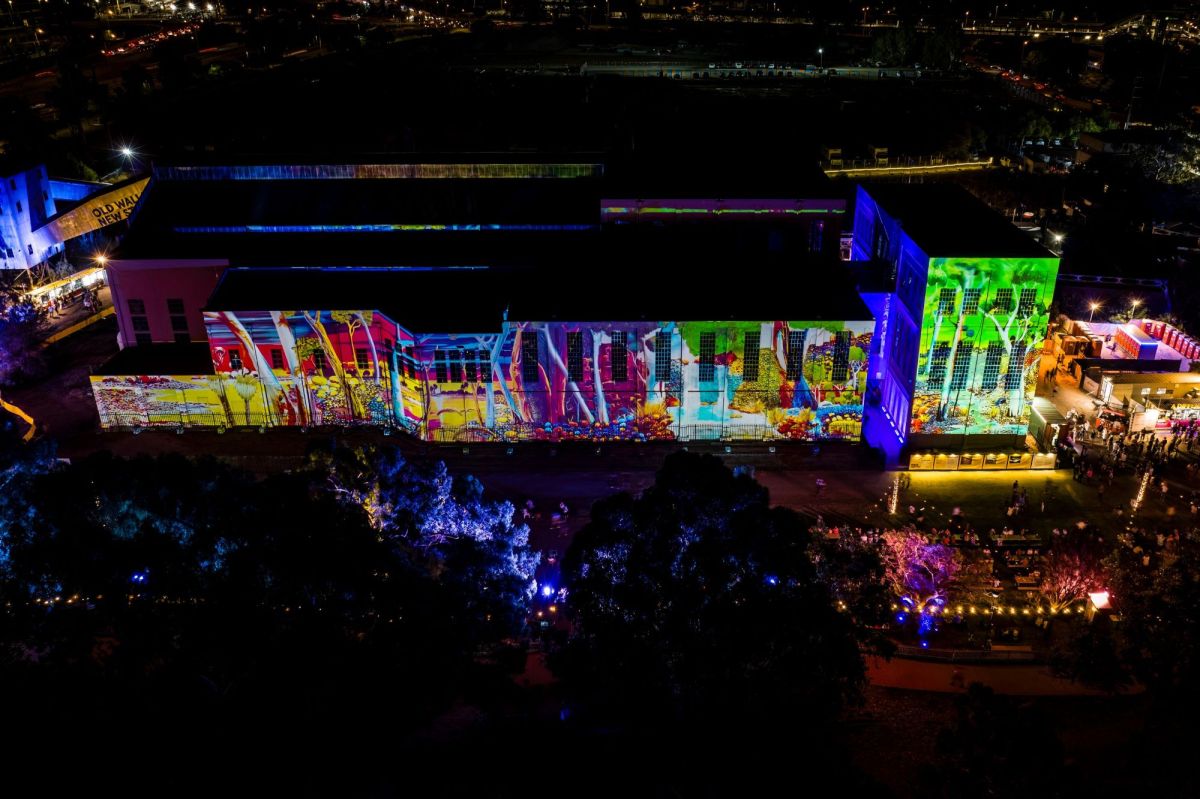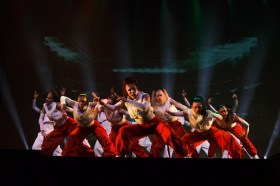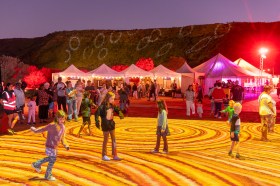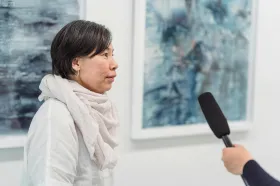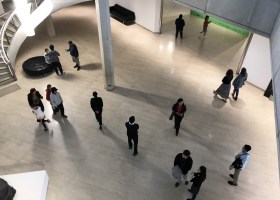From live art experiences on city streets to a contemporary opera performed in a corporate office tower, public artworks on bridges and river banks and the transformation of East Perth Power Station into a hub for contemporary music and art, Perth Festival is inventive when responding to the Western Australian capital’s lack of cultural infrastructure.
‘We definitely don’t have as much as our friends on the east coast by way of multiple theatres or major arts and cultural precincts,’ Perth Festival’s Artistic Director Anna Reece acknowledges.

